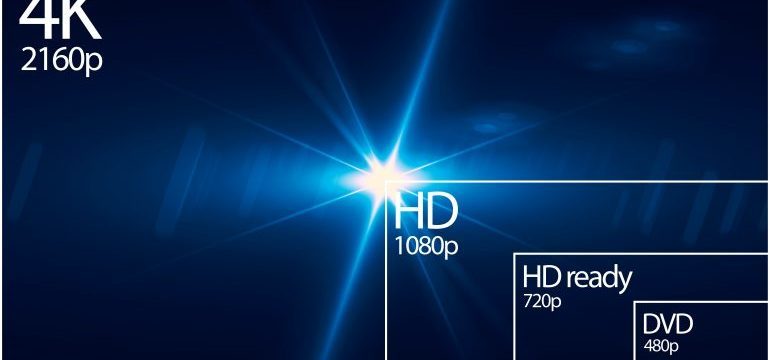Advances in television technology move so quickly these days that it’s hard to keep up with what’s truly the latest and greatest. And why does it seem like you need to learn a new language just to discuss TV features? Whether you’re in the market for a new television or just want to learn the lingo, here’s a cheat sheet on new TV tech.
What makes a TV picture great? We tend to think that increasingly finer definition makes a television picture better, but contrast ratio and range of colors are also important. An “old” 1080p high-definition television with better contrast ratio will beat that of a new Ultra High Definition Television (also known as 4K) with limited contrast and color range. This new standard in color contrast and range is called High Dynamic Range (HDR). It delivers richer colors to each pixel on the screen, making details pop.
What is OLED? The Liquid Crystal Display (LCD) television has been the advanced standard in picture quality and thinner televisions since 2007, surpassing plasma TVs. Now, manufacturers, notably LG and Samsung, have a new technology called Organic Light Emitting Diode or OLED. This technology combines LCD picture with Light Emitting Diode (LED) backlighting for vivid picture quality.
Smart TVs allow for a seamless integration of television, home audio and smartphone technology. Browse online via the TV, simultaneously watch multiple channels, or monitor Twitter comments in real time about a show or event you are watching.
Content delivery is also key. The ability of content providers to transmit a compatible picture often lags behind technology. When 1080p was introduced, producers of television shows, movies and sports events had to hustle to send content to customers in the new format. With the advent of 4K and HDR, providers are again playing catch up.
Not every advance catches on. When three-dimensional (3D) television was introduced, consumers initially showed interest. Since 2012, however, sales of 3D televisions have fallen off. Consumers cite the difficulty finding 3D content and the hassle of donning 3D glasses to watch as their reasons for waning interest. Samsung, the largest TV manufacturer in the world, has scaled back production.
Curved TVs, which are marketed as providing an “immersion” experience, have achieved only modest popularity. Some professional reviewers have responded with a shrug rather than a “wow,” referring to these televisions as a gimmick.
Prices. The price pattern in electronics consumerism holds true for TVs: The so-called “early adopters” pay top dollar for the new experience, while those who wait a year or two will see significant savings.
A 55-inch 4K HDR television starts at about $1,200 in retail outlets (under $1,000 without HDR). Online stores may offer promotions to save a few hundred dollars on name brand models along with free shipping and home set-up. You may find additional savings by purchasing the prior year model with similar technology and specifications. For the truly budget-conscious consumer, a 55-inch 1080p LCD television can now be found in many stores for under $500.


